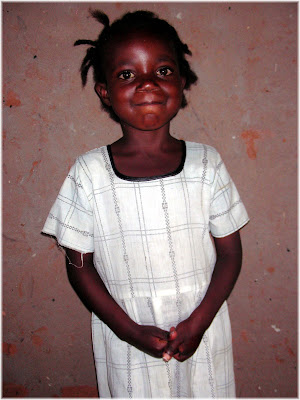
Dear Copeland,
Please forgive my silence. I've been working behind the scenes to do all we can to help. I strongly urge you to limit your good work to your financial capacity to care for the children and youth. I am concerned that you have given hope to too many kids without adequate provisions to fulfill their need. I would suggest limiting your program budget to $2,000 a month and 60 kids. That is about $30/per month per child, which is all I think we can raise together this year for orphan care.
That being said, WorldHope Corps, INc. received $10,000 from the United
Methodist Global AIDS Fund. So we can match and co-sponsor what CitiHope is
doing for the rest of this year. And we will try to raise $1000/month beginning in January from Friends of Malawi.
So, I will wire you $1500 next week to be used as follows:
$1000 for October HopeHome expenses
300 from Bob Robinson to help Esnat Banda's surviving children
200 from Stacy Radmore for your church to use as you see fit.
shalom, michael
Brother Michael,
I am so glad for both your advice to keep the number of the OVC at 60 and for the breakthrough of another donation from UMC. I entirely agree that 60 is good and manageable size. Thanks alot.
God uphold all of you.
Copeland